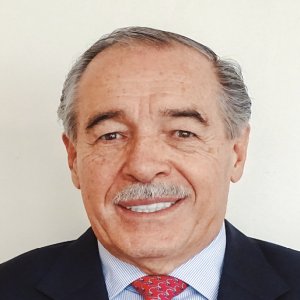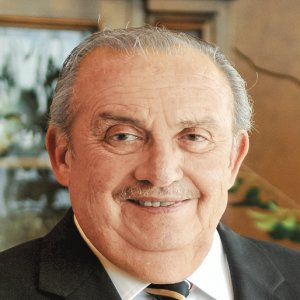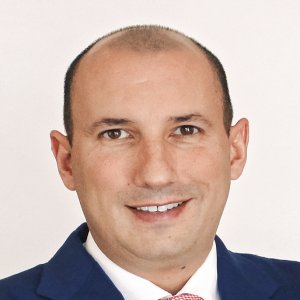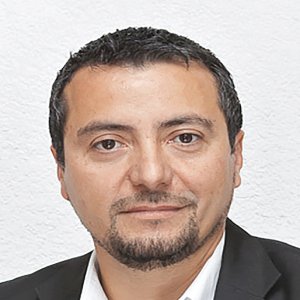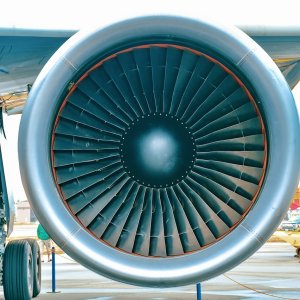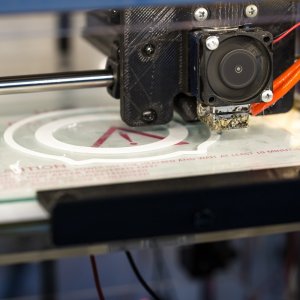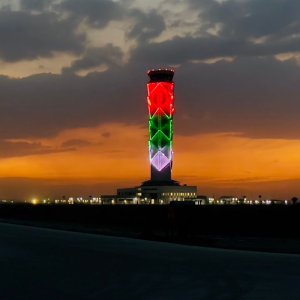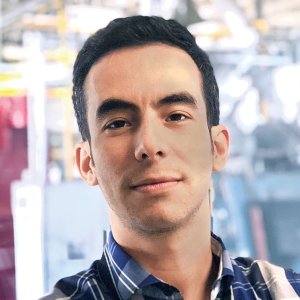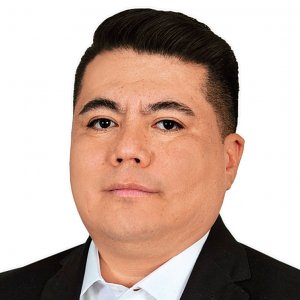Adapting on the Go

STORY INLINE POST
Q: What encouraged HYRSA American Steel Crowners to inaugurate an aerospace division?
A: HYRSA has been operating for 50 years, building on our initial experience in the food and beverage industry. In 2008, we realized the aerospace industry required similar levels of tolerance and volume as the food industry and began our first branch of HYRSA Aerospace to supply ITR, which is now called ITP. This branch produces fittings, air and fuel tubing and connectors for turbines. We depended entirely on HYRSA American Steel Crowners until the aerospace division was founded in 2013 as an independent company. Subsequently, we began managing government-led projects and entered certification processes with their support.
Aerospace is a highly competitive industry and requires investments over six to seven years to secure success, with little return generated during that period. While automotive models may change every five years, aircraft design only changes every 25 to 35 years and the lifespan of units can be extended further thanks to a welldeveloped aftermarket. As the aerospace industry moves more slowly than automotive manufacturing, we compete for 10-year contracts, which require greater spending from the beginning of the projects.
Q: What allows HYRSA to stand out amid such fierce competition in the Queretaro Aerocluster?
A: Our first competitive advantage is our employees’ expertise. Their numerous skills mean that one person can design and interpret blueprints as well as create prototypes. All but 20 percent of our workforce was trained internally through HYRSA’s food and beverage operations and 80 percent of our staff can manage software on our machines. This allows us to make adjustments on the go and switch between manufacturing one part to another very swiftly, which is extremely attractive for an industry that handles low production volumes.
Q: How has HYRSA’s latest plant helped spur business in Queretaro?
A: HYRSA only supplies one aerospace company based in Queretaro: ITP Group. About 50 percent of our production is exported and the other 50 percent remains in the state of Queretaro. Because our product line is targeted at small parts, we are refocusing our operations on fittings and bushings as they have similar characteristics to our current production in terms of size, material and tolerance. We deliberately maintain a narrow specialization, and target the turbine market very specifically.
Q: What challenges have you faced in the state in terms of obtaining raw materials?
A: Sourcing raw materials has been particularly complicated because certifications and standards are very stringent, hindering the benefits that Queretaro enjoys in such a central location. Raw materials must also be certified and since aerospace tends to require small amounts of less common resources, the first companies in the supply chain do not consider it attractive to process expensive certifications for these quantities. Of the four or five types of aluminum that are used in the aerospace sector, each can have another three or four variations. Maintaining stocks of this type of alloy is complicated and as the industry is just starting to develop, locating providers for this material is difficult. As a result, we use three suppliers in Mexico, all of which have large warehouses in the US and a small local warehouse or sales point.
Q: How will HYRSA continue growing in the coming years?
A: We plan to open a technology development center for turnkey plant projects, specifically aimed at helping a client who requires this type of manufacturing. This center should reduce our project completion times, which stand at one every three weeks. Through collaboration with UNAQ and the Autonomous University of Queretaro (UAQ) we hope to enter new markets as well as lower our project completion times to just three days. Those of us that manage small enterprises hold these projects close to our hearts because if we can generate a solid supply chain here in Mexico, OEMs will no longer need to import materials or semi-finished parts. The commitment of companies in the cluster should push us toward technological improvements to develop complex aerospace parts and eventually an entire aircraft in Mexico.

